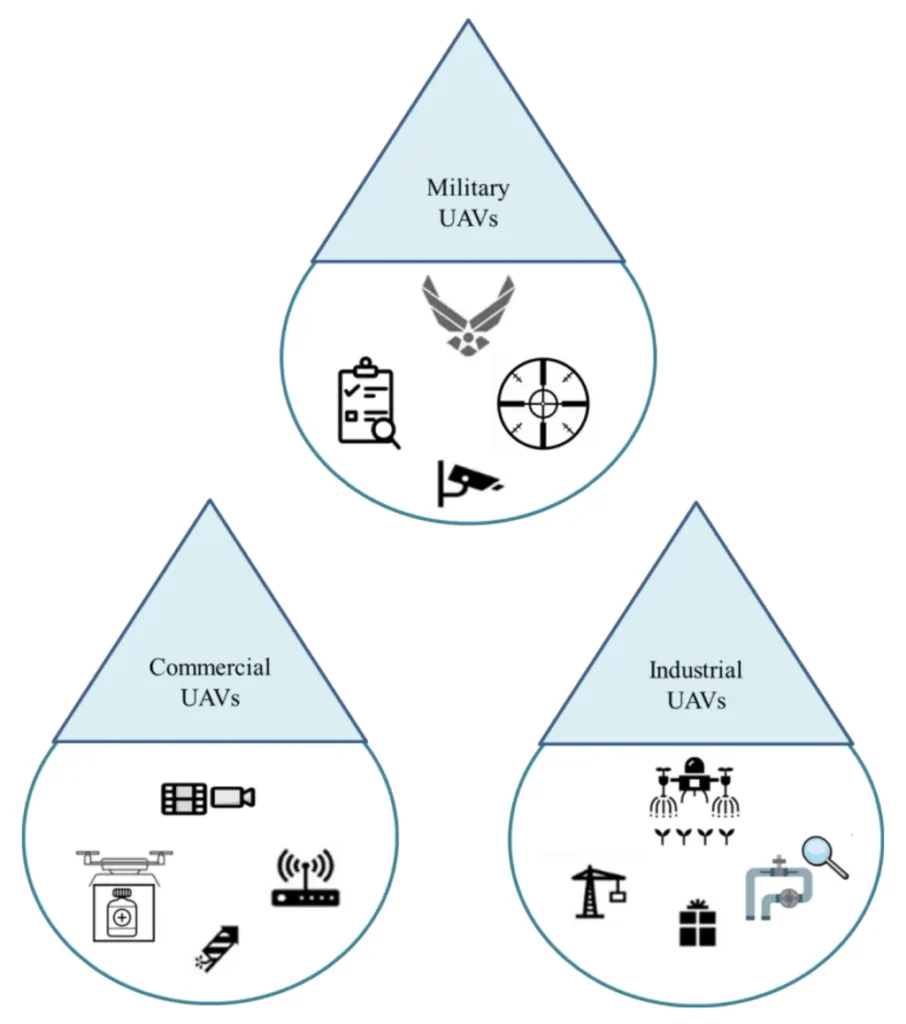In the rapidly evolving landscape of the Internet of Things (IoT), a groundbreaking study published in the IEEE Access journal is set to revolutionize how drones manage energy-intensive tasks, with profound implications for the energy sector. Led by Ahmad Arsalan from the Department of Computer Science at COMSATS University Islamabad, Lahore Campus, the research introduces a novel framework that promises to enhance the efficiency and sustainability of drone-supported IoT networks.
At the heart of this innovation lies the Federated Digital aided Internet of Drones (FD-IoD) architecture. This cutting-edge system combines digital twin technology with federated deep reinforcement learning to create a more resilient and energy-efficient IoT ecosystem. The digital twin technology creates virtual replicas of physical systems, allowing for real-time monitoring and optimization. Meanwhile, federated learning enables drones to collaborate and learn from each other without sharing raw data, ensuring privacy and security.
Arsalan explains, “The FD-IoD framework is designed to address the critical challenges of energy efficiency, task offloading, and service migration in UAV-supported IoT networks. By integrating energy harvesting algorithms and optimizing mobility-aware resource management, we can significantly extend the lifespan of drones and reduce unnecessary computational overheads.”
The implications for the energy sector are vast. As IoT devices proliferate, the demand for efficient task management and energy conservation becomes increasingly important. The FD-IoD architecture offers a solution that not only reduces energy consumption but also ensures seamless service migration and faster task completion. This can lead to more reliable and efficient energy management systems, from smart grids to renewable energy monitoring.
One of the standout features of the FD-IoD framework is its dual-layer optimization approach. This method combines local agent learning with global decision-making via digital twin, allowing the system to adapt to various IoT environments dynamically. “The dual-layer optimization ensures that the framework can handle heavy demand scenarios with decreased latency, efficient resource use, and queue stability,” Arsalan notes.
Extensive simulations have shown that the FD-IoD framework outperforms current benchmarks by up to 40% in energy efficiency, with lower service migration rates and faster task completion times. This level of performance can be a game-changer for industries relying on drone technology for energy management, surveillance, and data collection.
As the energy sector continues to embrace digital transformation, the FD-IoD architecture could pave the way for more sustainable and efficient operations. By leveraging the power of digital twins and federated learning, drones can become more than just tools; they can become intelligent, adaptive agents that optimize energy use and enhance service delivery.
The research, published in the IEEE Access journal, titled “Next-Gen Internet of Drones: Federated Learning and Digital Twin Synergy for Energy-Efficient Task Allocation and Seamless Service Migration,” marks a significant step forward in the field of drone-supported IoT networks. As industries increasingly adopt these technologies, the insights and innovations from this study will be crucial in shaping the future of energy management and beyond.

